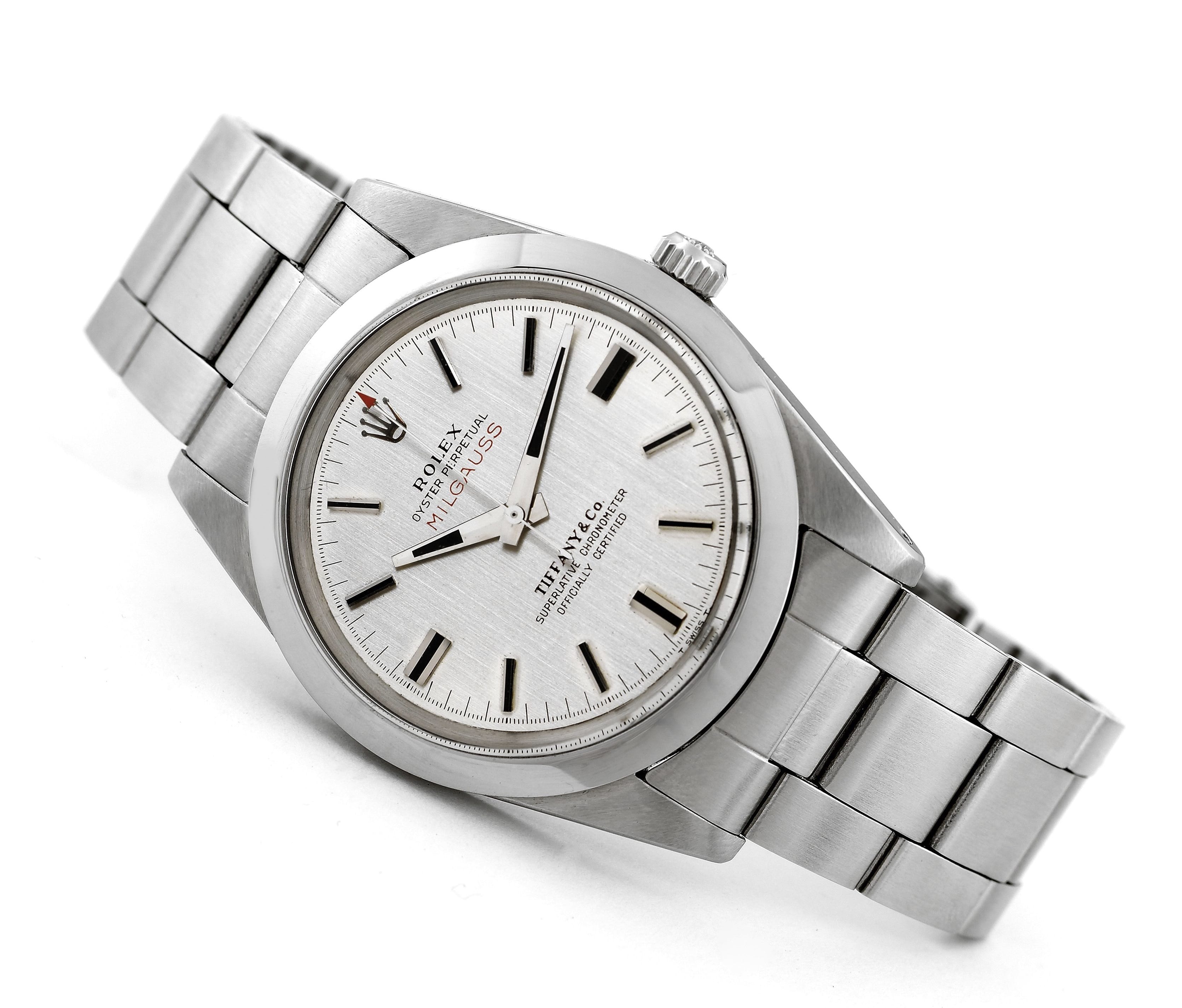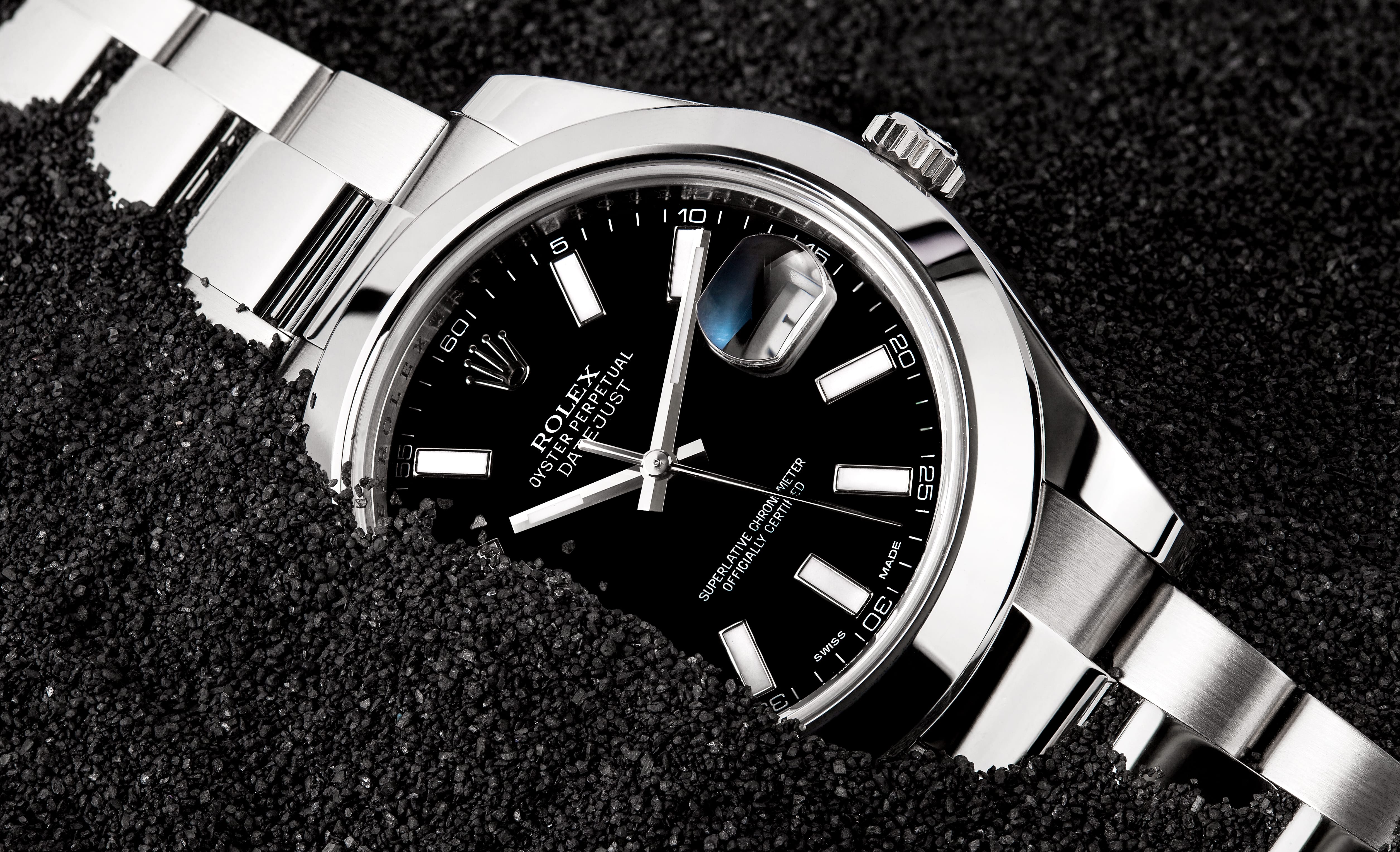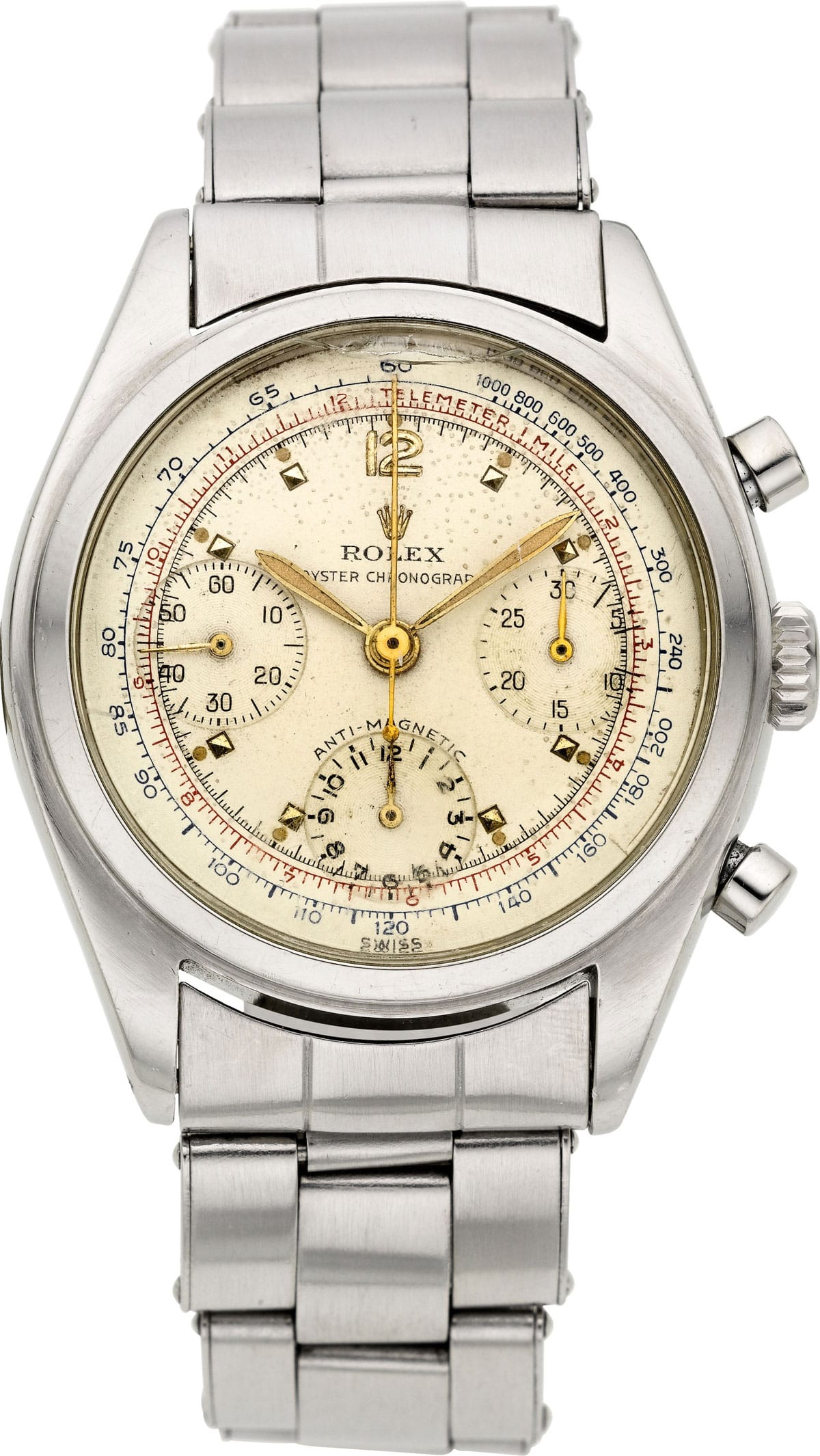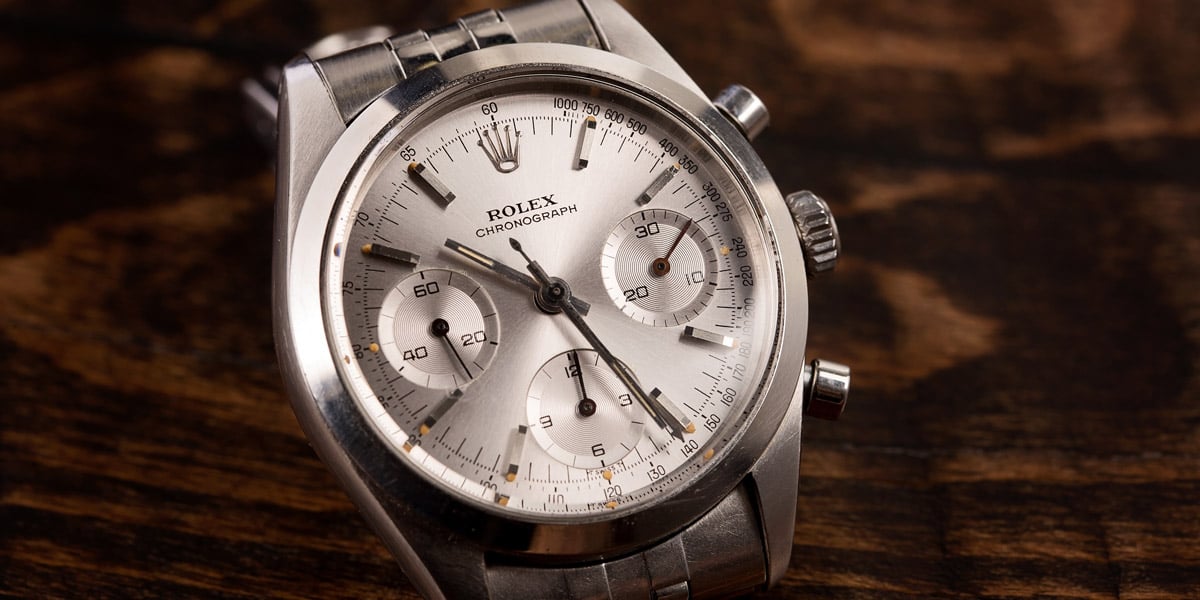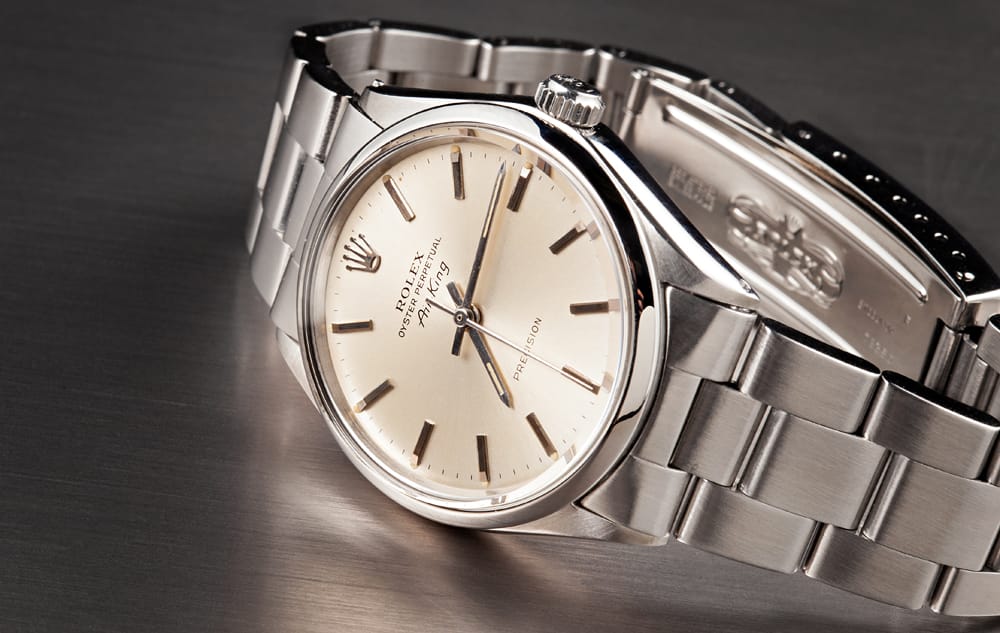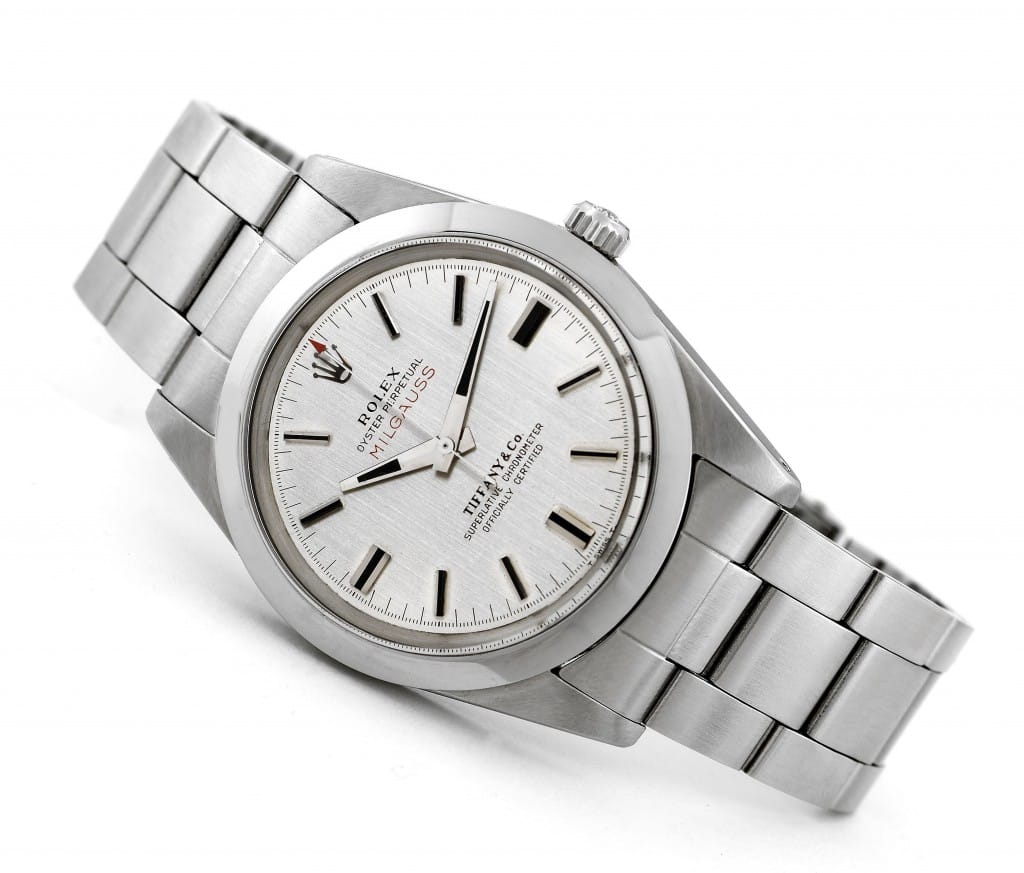
How did the Vintage Rolex Milgauss 1019 come to be?
In the 1950s and 1960s, Rolex began to develop its reputation as a tool watch manufacture. While it’s doubtful they set out to earn that label, they certainly set out to make purpose-built watches that would appeal to very specific segments of their clientele. The Submariner was aimed at the diver. The GMT-Master was aimed at the international traveler (specifically, airline pilots). The Daytona was aimed at the racer. The Explorer was aimed at the adventurer.
And what of the scientist? That man in the laboratory (it was nearly all men in those days), conducting experiments that would lead to things like space travel, the smartphone, and the internet? The Rolex Milgauss.
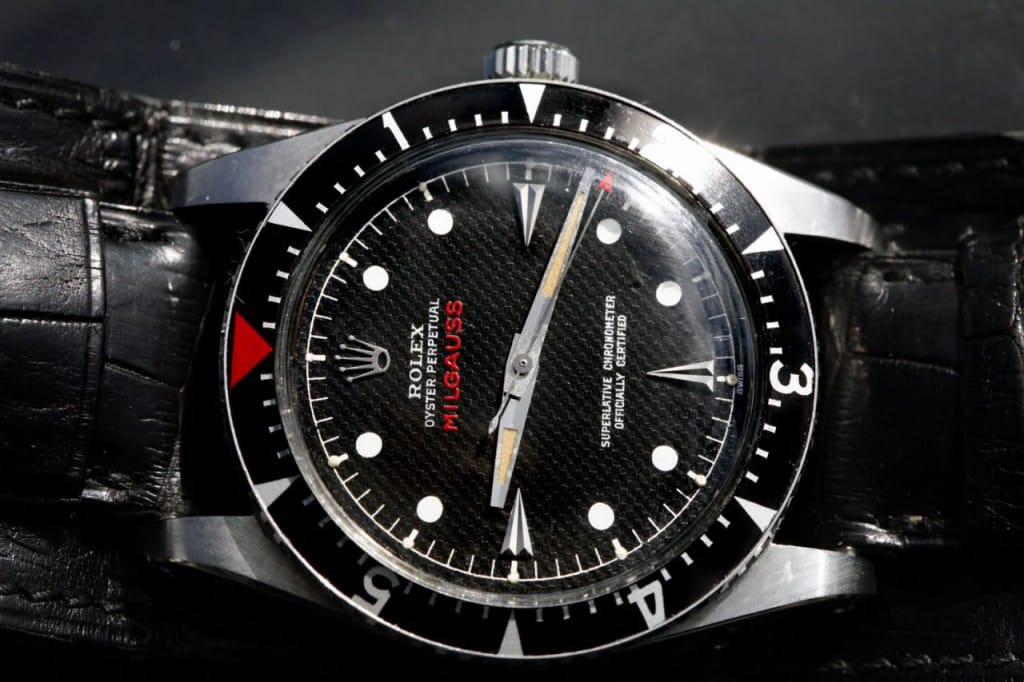
That professional got a purpose-built watch too. Purpose-built like perhaps no other Rolex to come out of the hallowed halls in Geneva. The Milgauss Watch. The story of course, goes that scientists at the CERN nuclear research facility outside Geneva were constantly exposed to magnetic fields that rendered a typical watch useless. They approached Rolex to see if they could jointly find a solution, and the Milgauss was born. Able to withstand up to 1000 gauss of magnetism (mille = 1000, thus the name Milgauss), the Milgauss was a watch that CERN scientists (and others) could finally wear in the conduct of their daily work.
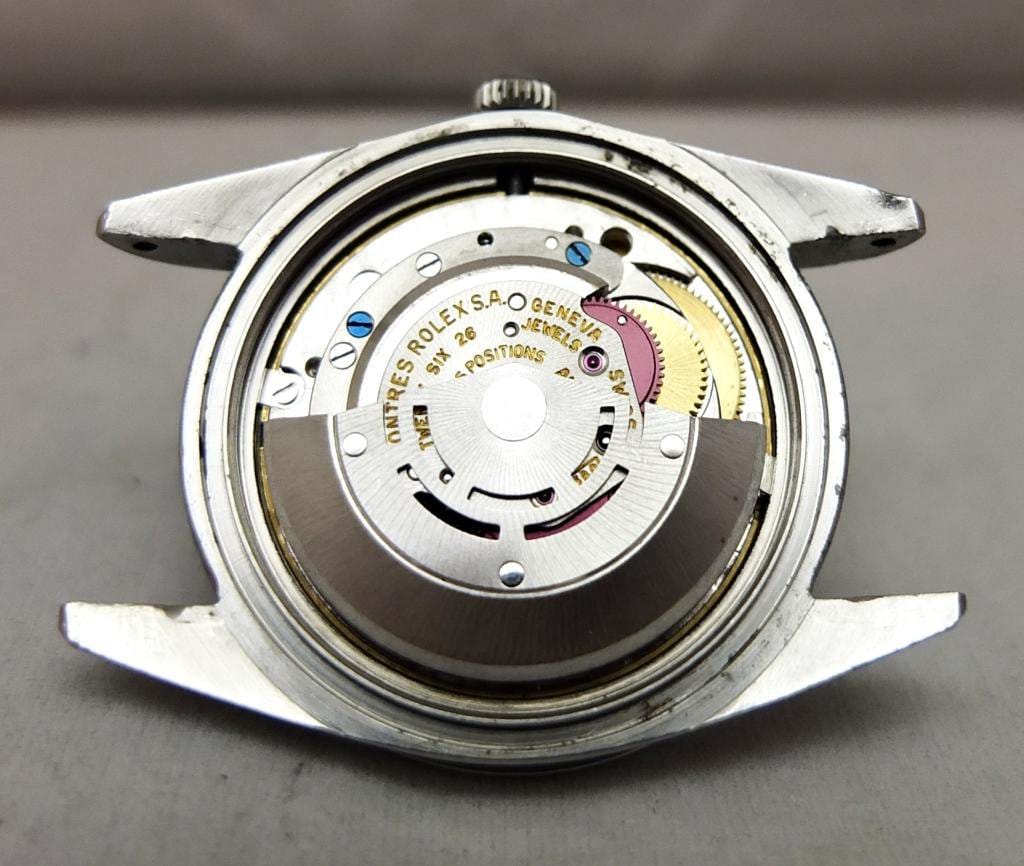
The early vintage Rolex Milgauss, ref. 6541, which debuted in 1956, looked a lot like the Submariner. The vintage Rolex Milgauss 1019 followed in 1960, sporting the new calibre 1580 movement. The case diameter was 38mm (made larger to accommodate the anti-magnetic faraday cage which surrounded the movement), and it was water-resistant to 50m. In all, the vintage Rolex Milgauss 1019 was a much more refined, all-business watch that befitted the CERN and other scientists who needed such a no-nonsense accessory. Values have surged these past few years with demand exceeding supply for most collectible old sports watches like Submariner, GMT, and Daytona’s. Click here to view recently updated vintage Rolex prices listed.
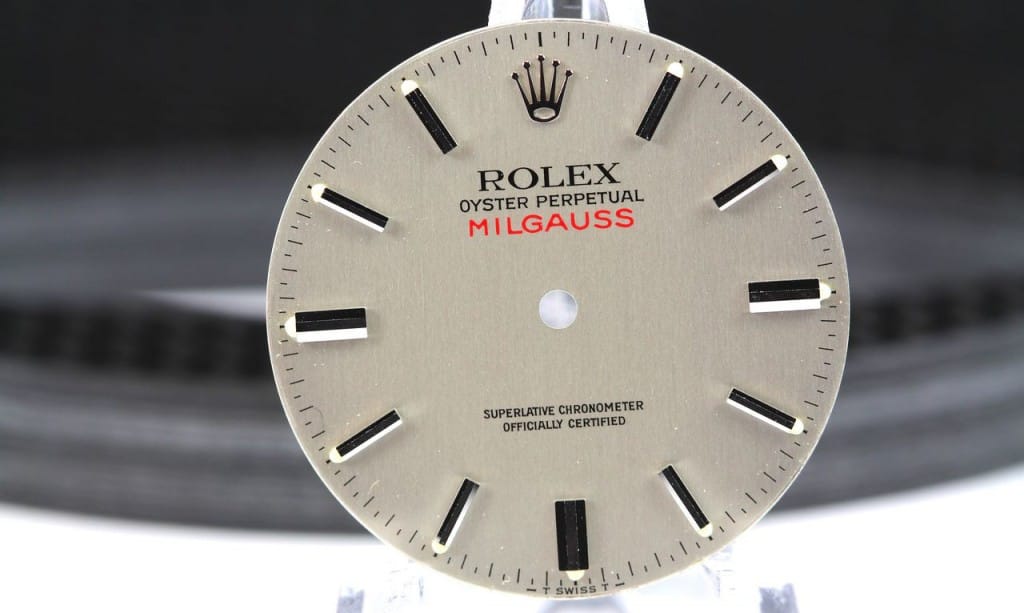
The Vintage Rolex Milgauss 1019 enjoyed a 28-year run, ending production in 1988. During that time there were variations in the dial. Most dials had so-called half-hash markers – tick-marks that divided each second in half. But the early models had 1/5-second tick-marks. A rarity among rarities.
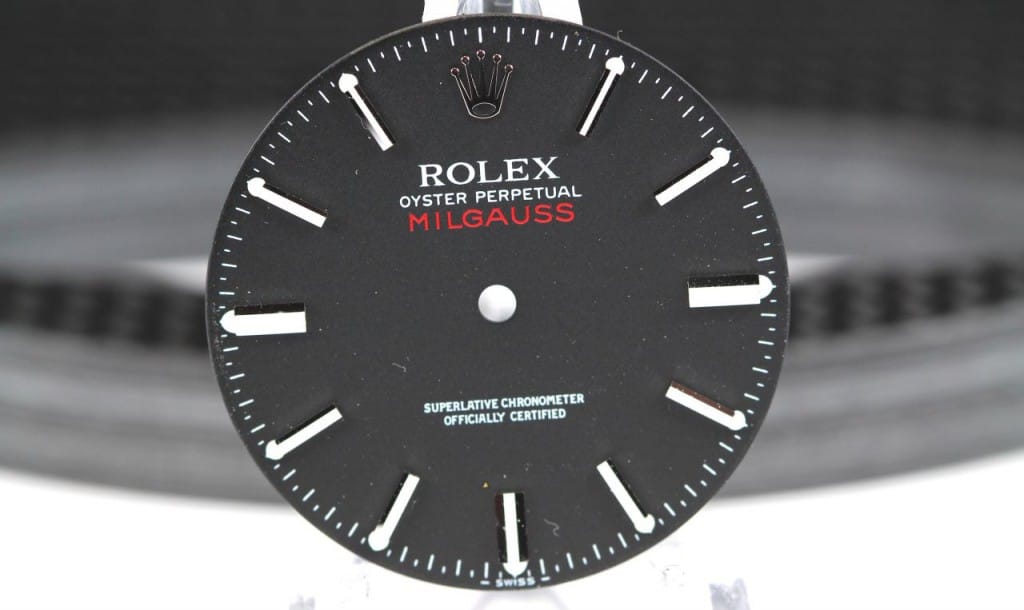
Dials were either black or silver, with their early CERN dials always being silver. The CERN dials also had no lume at all, so there would be no interference with any sort of radioactive testing. Lume later became an option as watches were produced both ways.
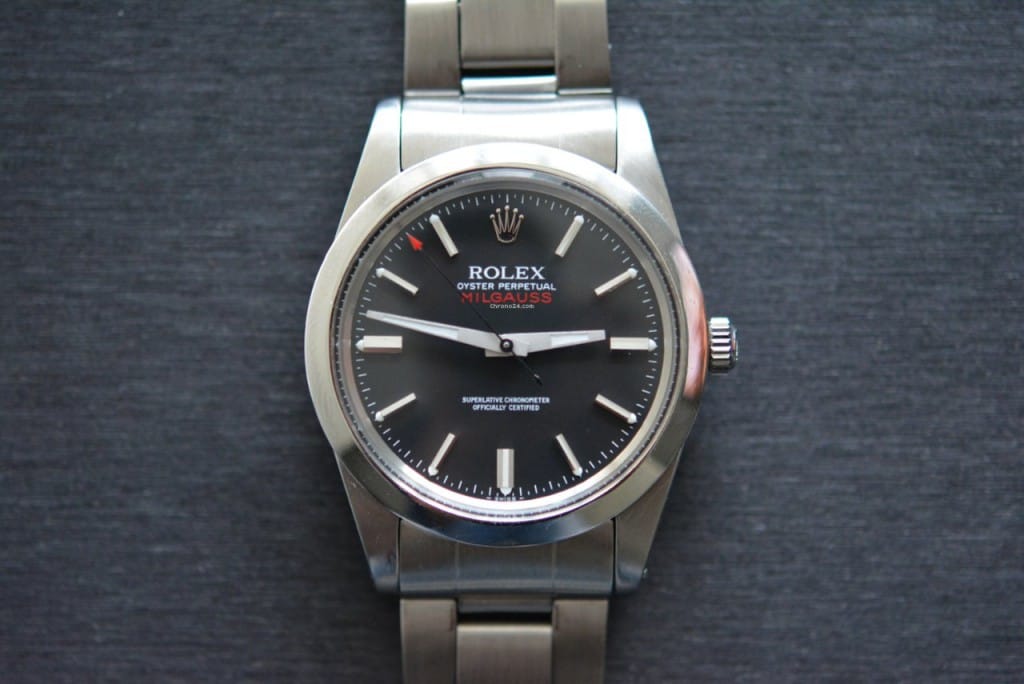
There were variations in hands as well. Early examples were polished with a ridge down the middle. Later hands were flat, with a brushed finish. And it’s interesting to note that the lightning bolt second hand was featured on the 6541, but disappeared for the 1019 – only to reappear when the Milgauss reentered production in 2007. The Vintage Rolex Milgauss 1019’s second hand was tipped with a unique red arrowhead. None of these hands were ever used on any other Rolex model.
These days, the Vintage Rolex Milgauss 1019 often fetches above $20,000 in good condition. This is driven by the rarity of the watch (not many of this extremely specialized timepiece were produced), which in turn drives collectors’ desires. And if you’re a Rolex aficionado, certainly a 1019 or two are worth considering for your collection.
